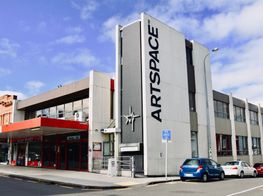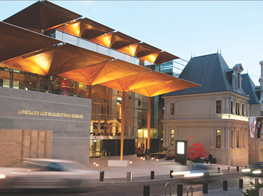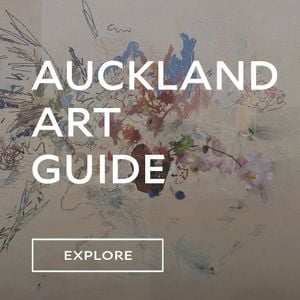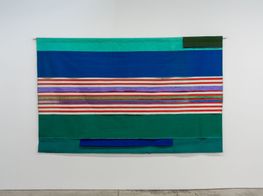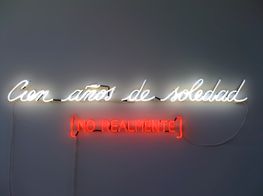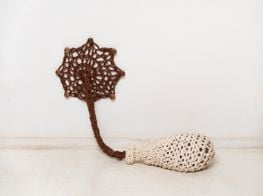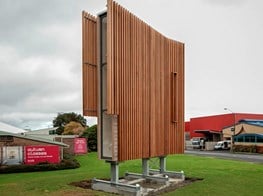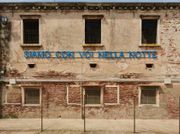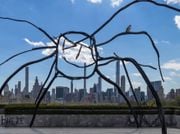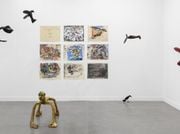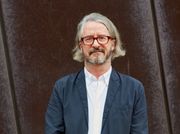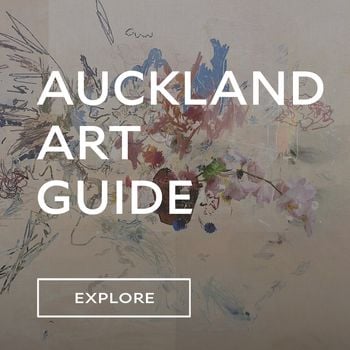Three exhibitions you must see in Auckland now
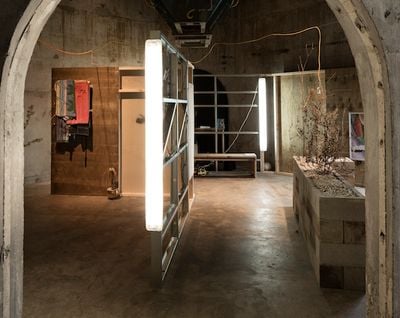
Following a three-year hiatus, the Auckland Art Fair is returning at the end of May with a suite of galleries from New Zealand, Australia, Latin America and the wider Pacific region. With a distinctly global outlook, the art fair is emphasising a fresher, more contemporary aspect in promoting emerging artists and galleries, inviting the participation of non-profit art organisations and offering a new purchasing scheme aimed at young collectors. The fair’s reinvigorated appeal is a healthy sign of New Zealand’s continued interactions with the successful global art markets of the Asia Pacific region. Outside the fanfare, Auckland’s public galleries also continue to negotiate interesting relationships with both international and local art worlds. The following group shows are a must-see for visitors to Auckland’s central city.
Space to Dream: Recent Art from South America
Auckland Art Gallery Toi o Tāmaki
7 May - 18 September 2016
Although it may not boast the sensational visual attractions of last year’s blockbuster art exhibition Light Show (11 October 2014 - 8 February 2015), Space to Dream at the Auckland Art Gallery is a welcome delight for those wanting to explore some of the most captivating art being produced this side of the equator. Organised by the gallery’s principle curator, Zara Stanhope and Santiago-based curator, Beatriz Bustos Oyanedel, this expansive show surveys South American art from the 1960s to the present. It includes the work of significant artists such as Lygia Clark, Ernesto Neto and Alfredo Jaar, alongside a selection of lesser-known but no less compelling works by a younger generation of South American artists.
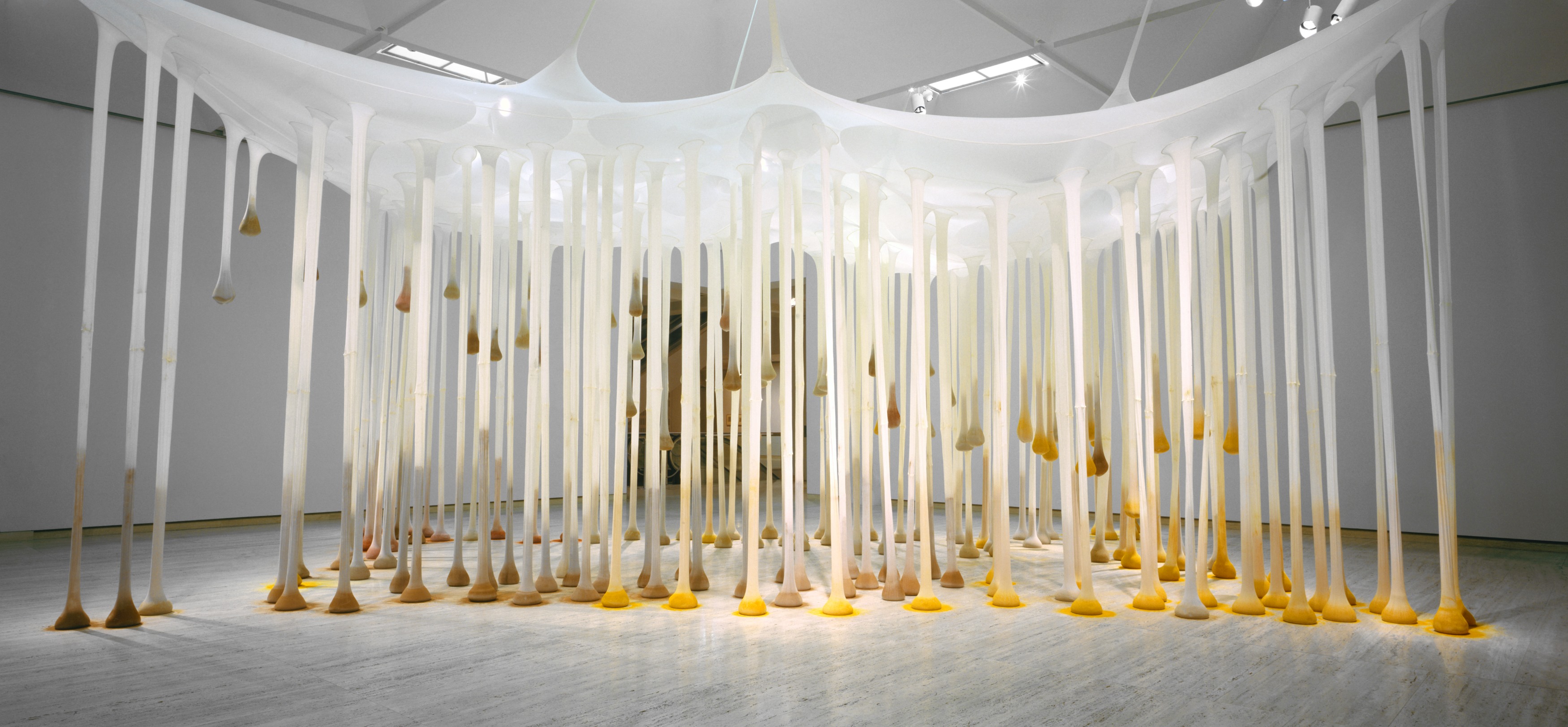
Space to Dream is ambitious in as much as it expands the focus of Australasian audiences beyond the United States and European centres of art and the newer energetic Asian art worlds, to consider a geographically adjacent cultural region: that vast and complex continent on the other side of the Pacific Ocean. A video of Jaar’s celebrated work A Logo For America (1987) offers a fitting opening to the exhibition: an illuminated LED sign in New York’s Times Square that cogently reminds us that ‘America’ should never be synonymous with the ‘United States.’ Curators Stanhope and Oyanedel have focused their research on seven, largely southern South American countries: Argentina, Bolivia, Brazil, Chile, Colombia, Paraguay, and Uruguay. They describe this as a hybrid mestizo territory shaped by different indigenous cultures, colonial histories and contemporary political and economic motivations.

This cultural and political diversity is central to the appeal of Space to Dream whose works range from Lenora de Barros’ performative videos that explore gender and language, to Bernardo Oyarzún’s humorous consideration of the relationship between Chilean indigeneity and overwrought material consumerism, to Lygia Clark’s formative costumed participatory pieces. A younger artist, Máximo Corvalán-Pincheira’s work Proyecto ADN (DNA Project) addresses the potential jeopardy of DNA analysis and is notable for its sensorial intensity. Where the science of DNA analysis is more often associated with abstract coding and clinical processes, this noisy sculptural assemblage of neon lights, fibreglass ‘bone’ fragments and piped water is discernibly jarring. The emphatic term ‘visceral’ has been overused in descriptions of recent art, but it could not be more appropriately applied here.

Beachhead's Peace of Mind
Artspace Auckland
5 May - 25 June
Auckland’s long-standing contemporary art venue, Artspace, has recently undergone a series of thoughtful architectural modifications that have significantly expanded its reach. The newly created spaces support a range of different exhibition-related activities and signal an interest in community engagement that appears to sit at the heart of Director Misal Adnan Yıldız’s energetic curatorial strategy.

His current exhibition Beachhead’s Piece of Mind is inspired by the hippy-inflected political activities of the 1960s: those progressive movements motivated by social justice, political change, peace and an opposition to cultural conformity. In typical fashion, Yıldız has brought together older New Zealand artists such as the notable assemblage sculptor Don Driver with younger practitioners like the Dunedin-based artist/designer Matthew Galloway and the Iranian-American artist Morehshin Allahyari.
This poses some compelling curatorial juxtapositions, but what makes Artspace really interesting at the moment is the energy that surrounds these artistic selections and exhibitions. The Artspace ‘vibe’—to use the hippy nomenclature—is engaging, politically switched-on and community oriented; a sentiment that is reflected in the institution’s newly renovated spaces. Last week, in a space named ‘Learning, Unlearning, Relearning,’ I joined a small group of people gathered for an artist-talk with Galloway who discussed the Western Sahara and the politics of international shipping routes (the subject of his work) as we nibbled on grapes and fejoas. I could not help but notice the cluttered messiness of the Artspace library bookshelves on one side of the room: a sure sign of books being used and of a community fully ‘engaged.’
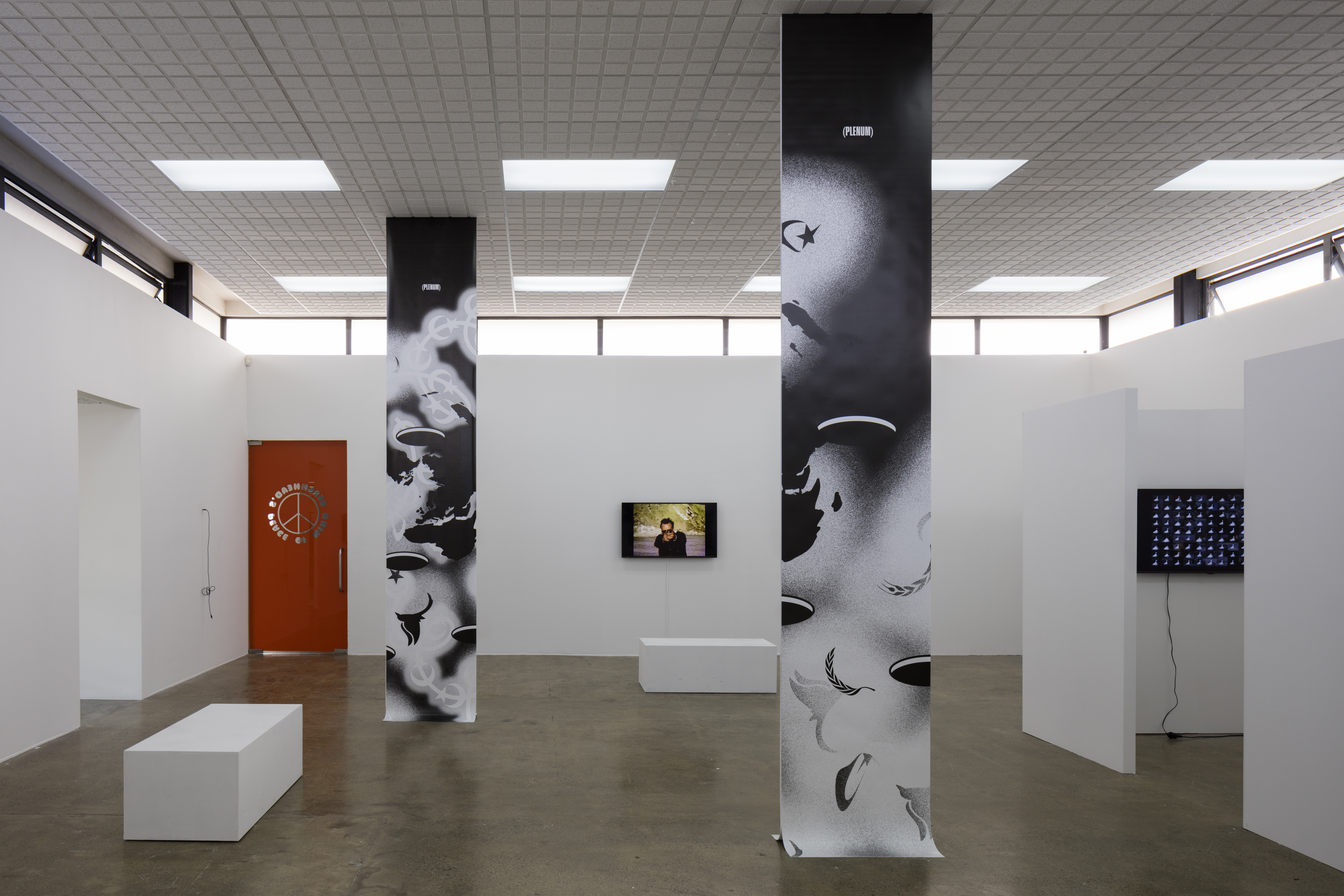
While Artspace was initially established as a space—the only space—to see interesting contemporary art in Auckland, the institution is shifting gears. This is part of a broader trend in many publicly-funded spaces to treat visitors less as the passive ‘audience’ of a pristine show, and more as a ‘community’ of potential participants in artistic endeavours. Artspace’s renovations have opened up a series of smaller spaces around the periphery of the main gallery to ultimately facilitate this shift. While Yıldız was reluctant to entirely agree with this thesis, he did offer this interesting observation:
‘I have developed an understanding of a question, but not an answer: Our main job is making exhibitions—everything is centred around this. But how can a public art institution operate at different levels that invite different questions, such as ‘What does learning and an exhibition mean?’ Or, ‘how can these semi-private, semi-public conversations develop into more sustainable structures that surround the institution?’ In a funny way, this [the main gallery] is the physical exhibition space, but it is now surrounded by conversation. It is not closed; it is a dynamic space that opens in different directions.’
The Hive Hums With Many Minds
30 April - 29 May
Te Tuhi Offsite: Silo 6, Wynyard Quarter
Plus: Bowerbank Ninow: Zahra Killeen-Chance, Solomon Mortimer, Suji Park— 647nM, 11 May - 18 June
Occupying a very different kind of space, the suburban contemporary art gallery Te Tuhi (a Maori titled, which broadly means to make a mark) has staged the second part of their exhibition, The Hive Hums With Many Minds in a disused silo in the formerly industrial marine area known as Wynyard Quarter. While the Ports of Auckland still run a substantial international freight operation from one side of Auckland’s downtown wharves, the other side—which includes the venue for the Auckland Art Fair, The Cloud—is undergoing a significant urban transformation. The area around a ‘tank farm’ of large silos once used for bulk petro-chemical storage is now treated as an urban ‘park,’ accommodating everything from music festivals to film nights and art exhibitions.
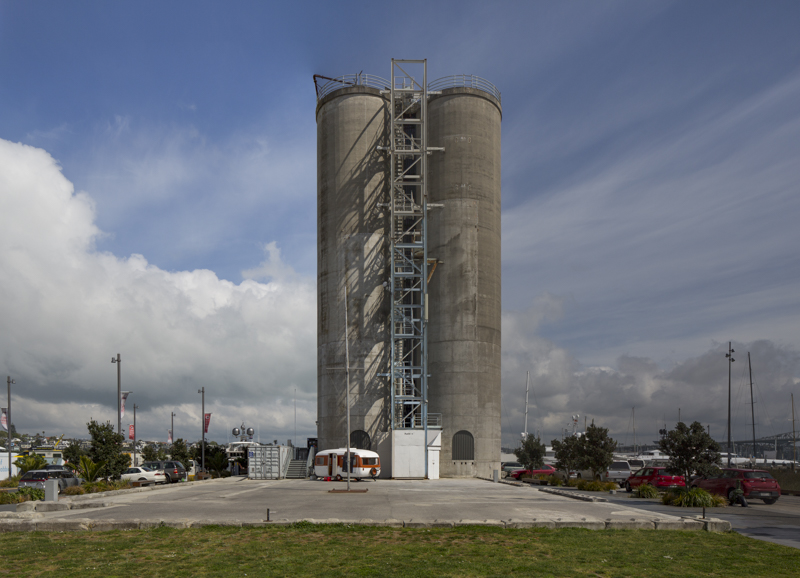
The second part of Te Tuhi’s exhibition The Hive Hums includes a range of video, photography and sculptural works that have been installed within one of these empty silos. Curator Bruce E. Phillips has brought together a selection of works by artists based in Aotearoa-New Zealand that address the expansion of global infrastructure supporting international trade, communication and exchange. The ‘humming hive’ is the network of roading and rail lines, shipping lanes and flight paths, submarine cables and electrical grids whose history has indelibly shaped Auckland’s wharves.
It is no small feat to install a multi-media exhibition in a circular architectural structure whose own industrial atmospherics threaten to upstage the art itself. Nonetheless, Joanna Langford’s banks of beige 90s computer keyboards are particularly suited to this context in being similarly fraught both with technological obsolescence and nostalgia. Named after F. Scott Fitzgerald’s novel The beautiful and the damned, Langford’s backlit keyboards suggest apartment buildings in a bustling miniature city: a glitzy Jazz Age New York about to plunge into the boom and bust cycles that continue to characterise many global capitalist economies.

The impact of these economic cycles is being keenly felt in Auckland, a city whose inflated property market and housing crisis has recently caused a dramatic rise in homelessness and social inequity. This is explored in Louisa Afoa’s video that documents her mother’s interactions with a public housing official who threatened to end her tenancy for a series of petty justifications. As a counterpoint, images of Afoa’s mother’s lush and well-tended vegetable garden remind viewers that housing is about more than escalating real estate prices and capital gains.
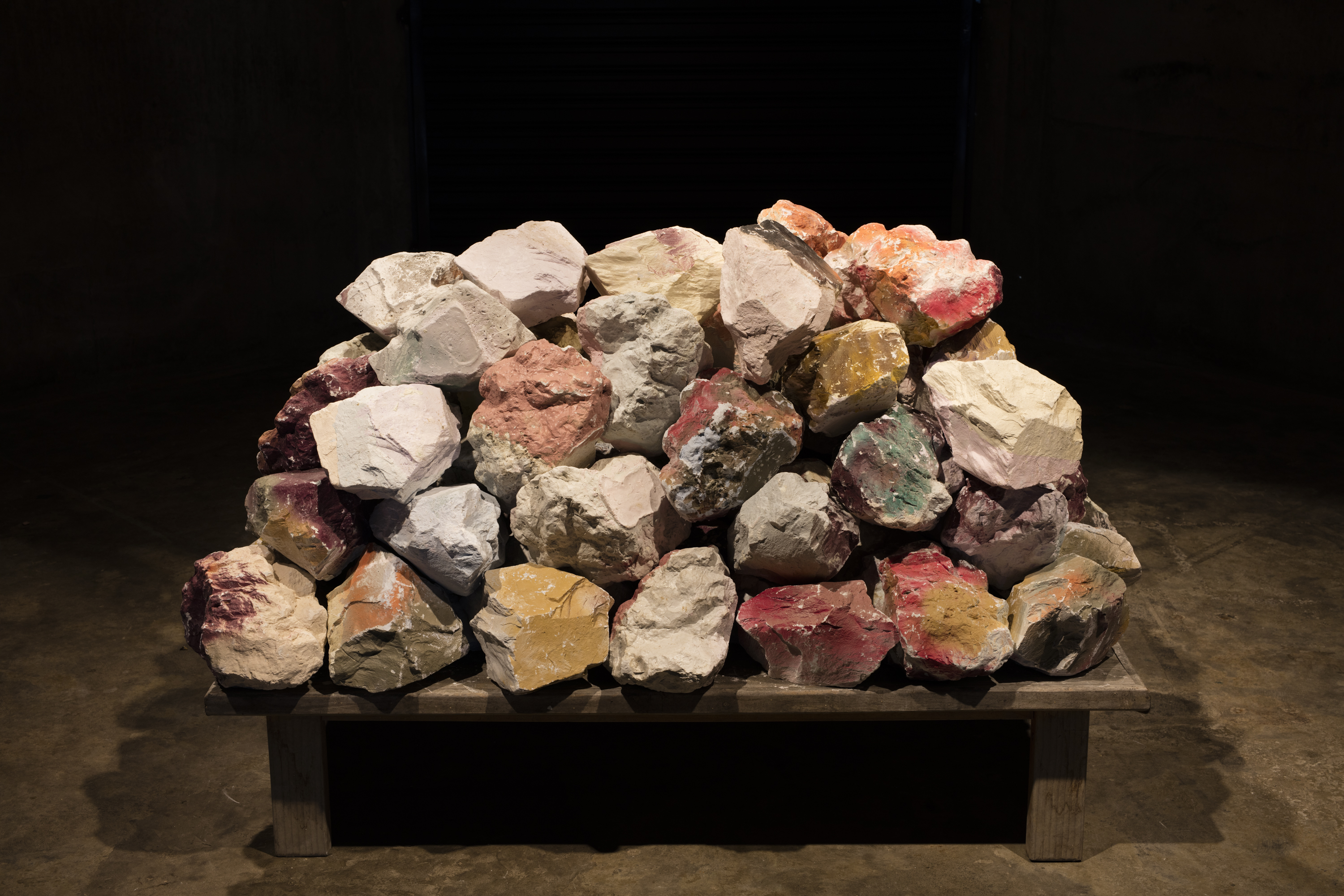
Lastly, Suji Park’s work Dol—a mound of multi-coloured plaster rocks piled on a coffee table—pulls back from societal specifics to consider the broader long-term impact of human habitation on the globe. Her coloured plaster pieces suggest the strange hybrid of rock, concrete and plastic materials that some scientists predict will become a future marker of this geological era of human activity. A relatively young artist, Park is producing some particularly intriguing work that can also be seen in a concurrent collaborative exhibition at Auckland’s ambitious new auction house and gallery, Bowerbank Ninow. —[O]



